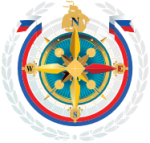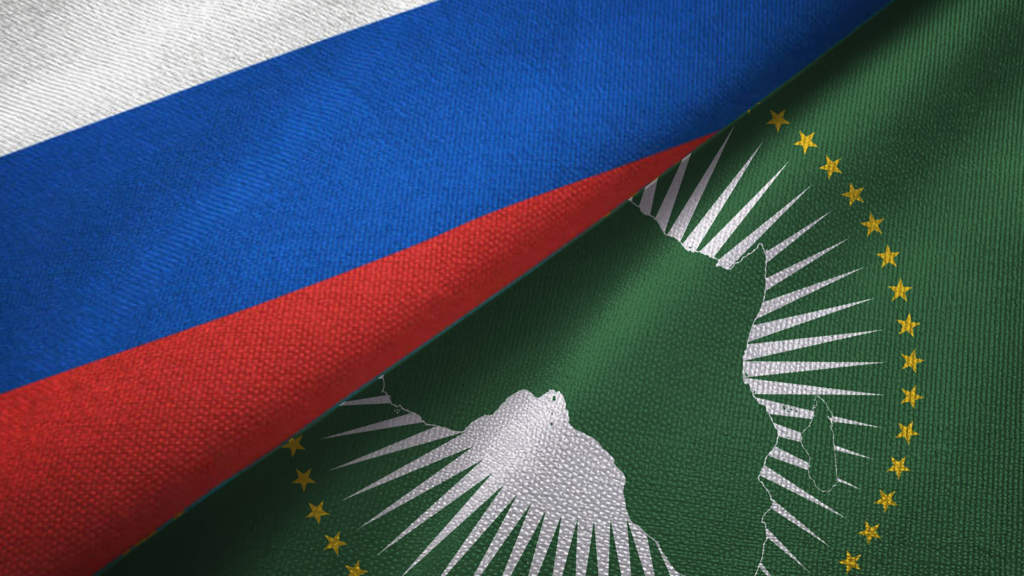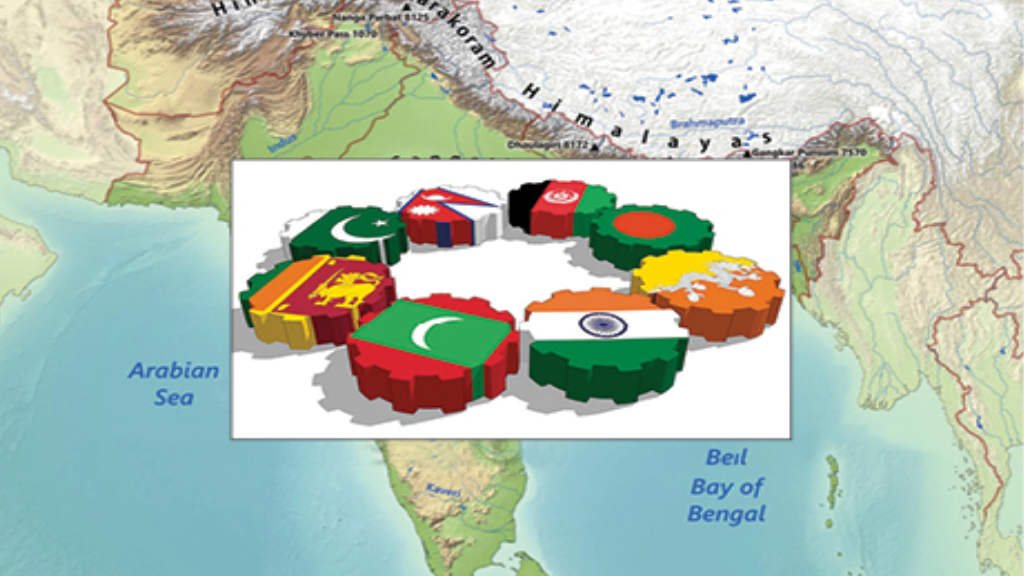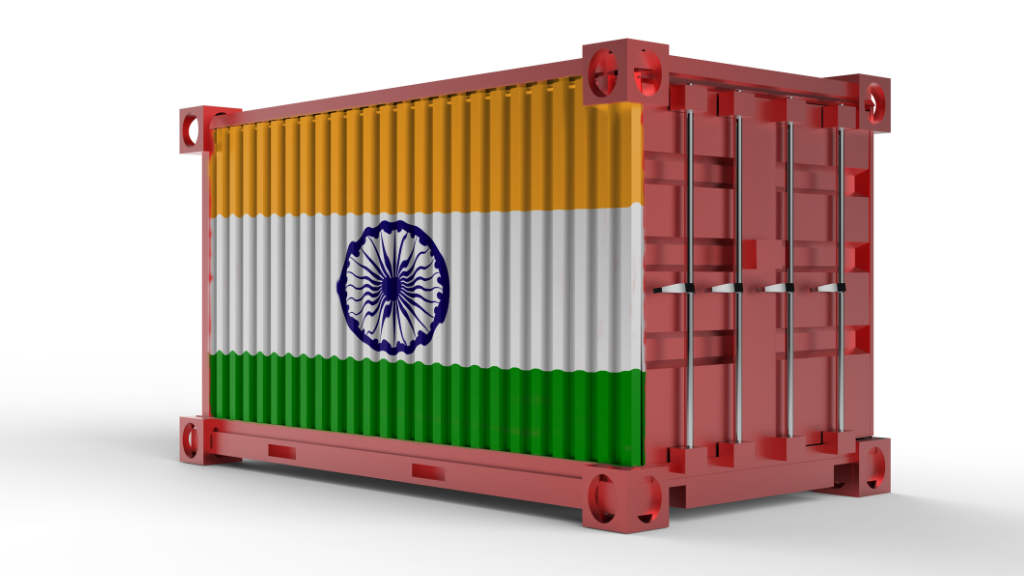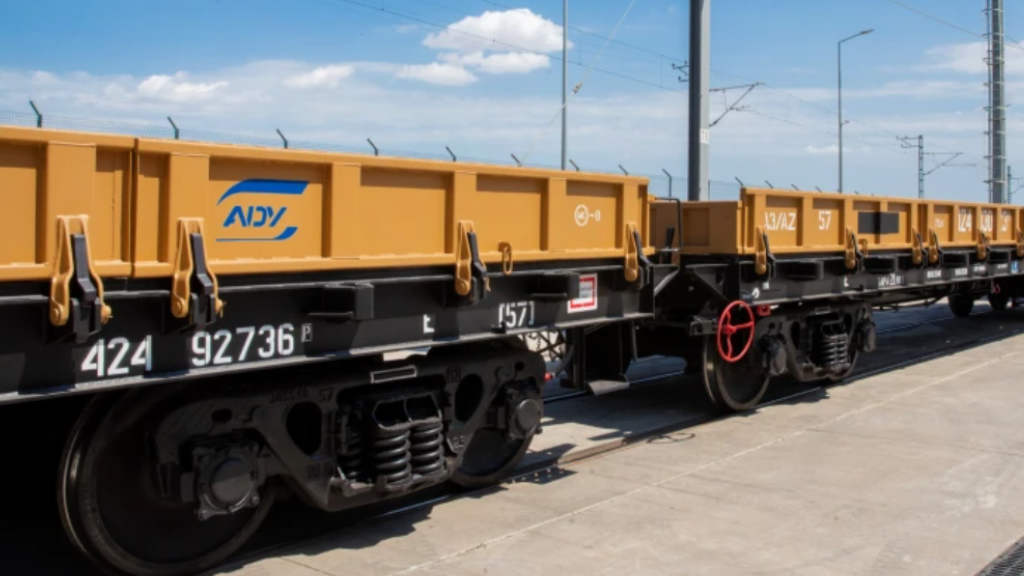Russia sees significant opportunities for strengthening cooperation with Africa, Foreign Minister Sergey Lavrov told MPs in the State Duma on Wednesday. He was speaking before heading to South Africa to attend the annual G20 Foreign Ministerial meetings.
Speaking on Russia’s foreign policy priorities and initiatives, Lavrov emphasized that Moscow is working with African nations to realize the vast potential of their partnership, saying that “Our prospects are very, very good. We must actively and without delay take advantage of them.”
As part of its diplomatic expansion, Russia intends to open embassies in seven African countries by 2026. Lavrov listed Comoros, Gambia, Liberia, Niger, Sierra Leone, South Sudan and Togo as the locations for the new missions, describing the number as “significant” in developing closer relations with Africa. Russia is also expanding the number of trade missions across Africa.
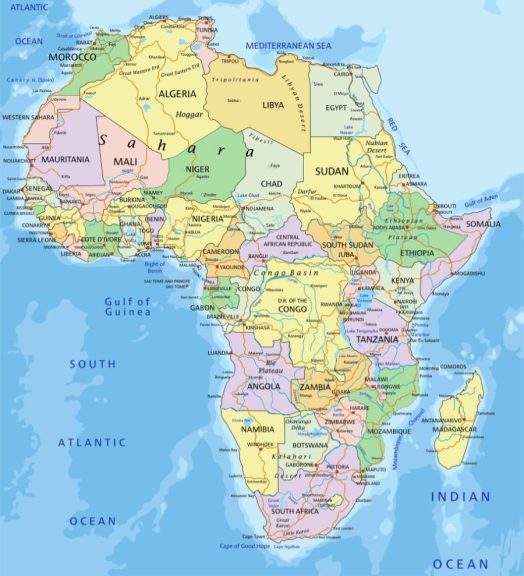
We provide a brief overview of these countries as follows:
Comoros
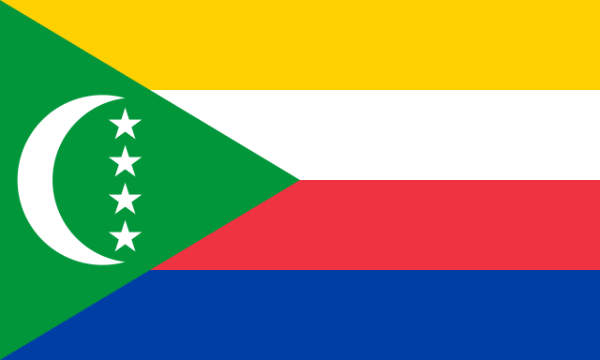
The Comoros Islands lie off the East African coast in the Indian Ocean, with a population of about 850,000. 56% of the labour force is employed in agriculture, with 29% employed in industry and 14% employed in services. The islands’ agricultural sector is based on the export of spices, including vanilla, cinnamon, and cloves, and it is the world’s largest producer of ylang-ylang. 80% of the world’s supply comes from the Comoros. 2024 GDP (PPP) was US$3.5 billion, with growth of 3%. Apart from the spice trade, there is tourism potential.
The Gambia
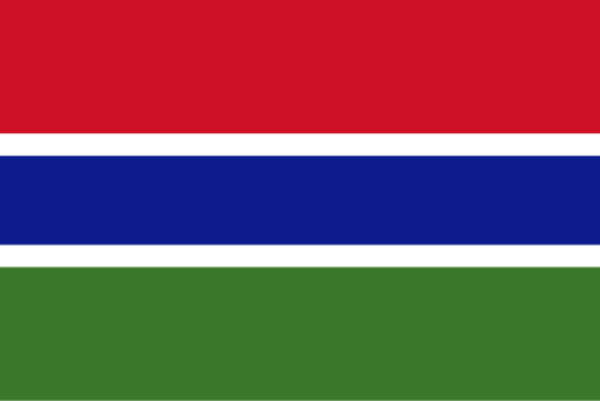
The Gambia is on Africa’s west coast, facing the Atlantic Ocean. It is the smallest country in continental Africa. Its economy is built around agriculture, including peanut exports, a re-export trade built up around its ocean port, low import duties, and a significant tourism industry. 2024 GDP (PPP) was US$7.5 billion, with a growth rate of 4.8%. It has a population of just over 2.4 million. There are opportunities in fishing, processing and tourism.
Liberia
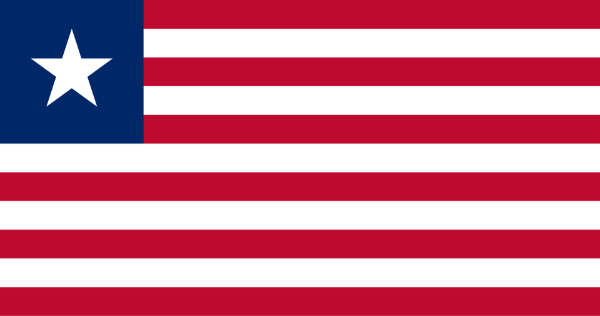
Liberia is on the west African coast facing the Atlantic Ocean. The Liberian economy has depended heavily on foreign aid, foreign direct investment and exports of natural resources such as iron ore, rubber, and timber. 2024 GDP (PPP) was about US$10 billion, with a growth rate of 4.7%. It has a population of just over 5.4 million. Due to its status as a flag of convenience, Liberia has the second-largest maritime registry in the world, with 3,500 vessels registered under its flag, accounting for 11% of ships worldwide. There are opportunities in ship repairs, fishing, processing and tourism.
Niger
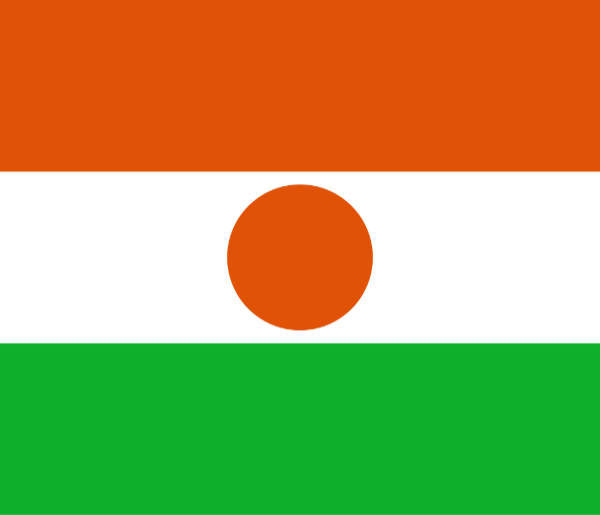
Niger is a landlocked country bordering Libya to the northeast, Chad to the east, Nigeria to the south, Benin and Burkina Faso to the southwest, Mali to the west, and Algeria to the northwest. It has some of the world’s largest uranium deposits. Future growth may be sustained by the exploitation of oil, gold, coal, and other mineral resources. 2024 GDP (PPP) was US$43 billion, with a growth rate of 2.5%. It has a population of just over 26.5 million. There are opportunities in mining and the energy sector.
Sierra Leone
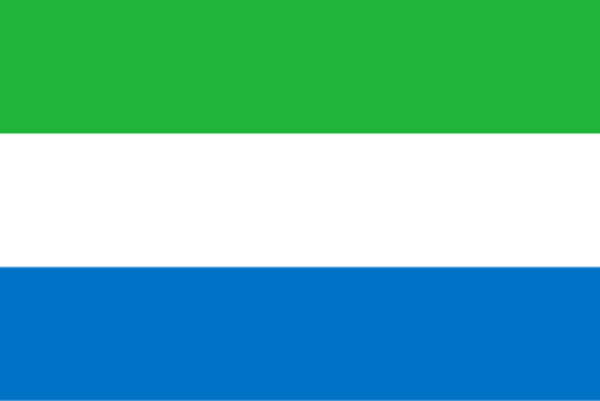
Sierra Leone is on the southwest Africa coast, facing the Atlantic Ocean. Agriculture is the largest employer with 80% of the population working in the sector, with rice the most important crop. Rich in minerals, Sierra Leone has relied on mining, especially diamonds, for its economic base. The country is among the top ten diamond producing countries, with mineral exports the main currency earner. 2024 GDP (PPP) was US$7.5 billion, with a growth rate of 5.7%. It has a population of just about 9 million. There are opportunities in mining, agriculture, fishing, and processing.
South Sudan
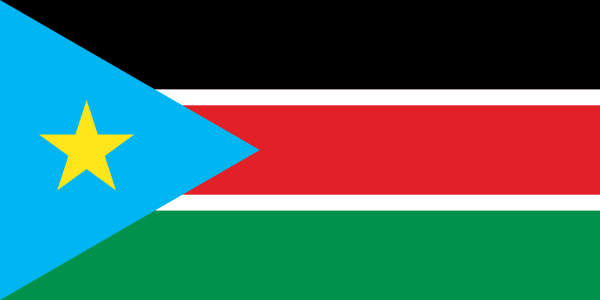
South Sudan is a landlocked country in East Africa, bordered on the north by Sudan; on the east by Ethiopia; on the south by the Democratic Republic of the Congo, Uganda and Kenya; and on the west by the Central African Republic. South Sudan’s economy is one of the world’s most underdeveloped, having little existing infrastructure. However, it has many natural resources such as petroleum, iron ore, copper, chromium ore, zinc, tungsten, mica, silver, gold, diamonds, hardwoods, limestone and hydropower. South Sudan’s economy is almost entirely dependent on oil revenues. In terms of employment, agriculture accounts for more than half of the country’s able-bodied population.
2024 GDP (PPP) was US$14 billion, with a growth rate of 1.2%. It has a population of about 13 million. There are opportunities in mining, timber, energy and industrial processing.
Togo
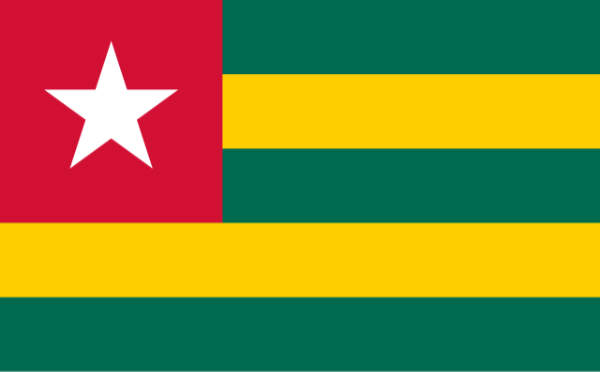
Togo is in West Africa and has a small coastline facing the Gulf of Guinea. It is bordered by Ghana to the west, Benin to the east and Burkina Faso to the north. It is one of the least developed countries in Africa. Togo possesses significant phosphate deposits, while its industry sector is based on agricultural products such as coffee, cocoa bean, peanuts, cotton, cassava, jasmine rice, maize and millet. 2024 GDP (PPP) was US$25 billion, with a growth rate of 6.4%. It has a population of about 9.6 million. There are opportunities in fishing, processing, port operations, renewable energy and agriculture.
On February 4, at the inauguration of the Russian Foreign Ministry’s new Department of Partnership with Africa, Lavrov reaffirmed Russia’s commitment to “Strengthening Africa’s position in a Multipolar world” while Russia has also been instrumental in pushing for an African seat on the UN Security Council.
Collectively, these new missions will give Russia’s presence in Africa a significant trade and investment boost. Many have been exploited by the previous European colonial powers, with little left in terms of infrastructure, however many remaining in possession of significant mineral resources. Russia will be looking at the economic viability of both. The West Africa nations can help Russia open up another four Atlantic Ocean ports, while Comoros gives Indian Ocean access. Combined, these seven nations represent a GDP of US$110 billion, roughly equivalent to Georgia, and a combined population of about 67 million, roughly equivalent to that of the United Kingdom. They have a mean average growth rate of 4%, which is rather higher than the current global average of 2.7%.
Further Reading
For our Russia – Africa updates, click here.
